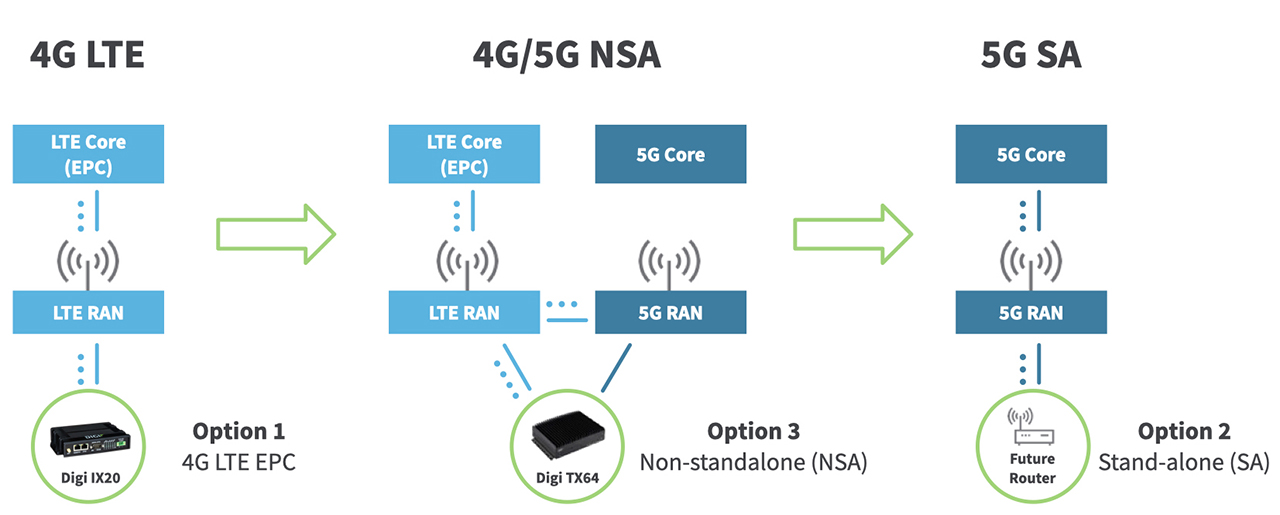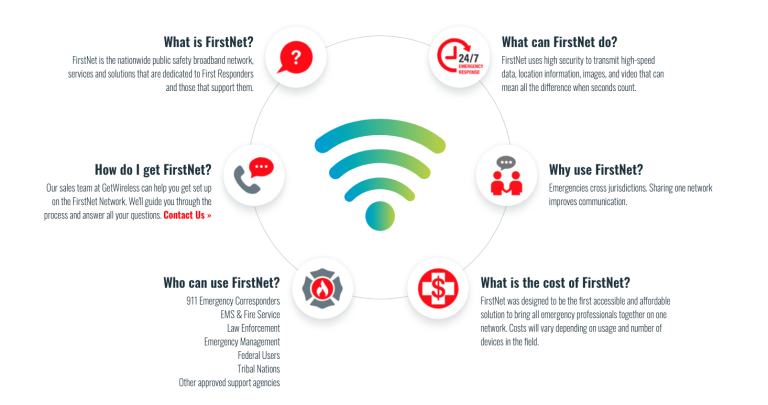5G Network Models: Architecture, Components, and Deployment
telcomatraining.com – The advent of 5G technology marks a significant leap in mobile communication, offering ultra-fast speeds, lower latency, and increased connectivity. As industries and consumers eagerly adopt 5G, understanding its architecture, components, and deployment strategies is crucial. This article explores 5G network models, their structural components, and the deployment approaches essential for successful implementation.
5G Network Architecture
The 5G network architecture is designed to support various applications, including enhanced mobile broadband (eMBB), massive machine-type communications (mMTC), and ultra-reliable low-latency communications (URLLC). It consists of two primary parts:
1. Radio Access Network (RAN)
- Small Cells and Macro Cells: 5G utilizes small cells in dense areas to enhance coverage and macro cells for broader connectivity.
- Massive MIMO (Multiple Input, Multiple Output): This technology improves spectral efficiency and network capacity by using multiple antennas.
- Beamforming: A technique that directs signals toward specific users, enhancing efficiency and reducing interference.
2. Core Network (5G Core or 5GC)
- Service-Based Architecture (SBA): Unlike 4G, 5G employs SBA, which modularizes network functions, enabling flexibility and scalability.
- Network Slicing: This allows multiple virtual networks to operate on the same infrastructure, optimizing resources for different use cases.
- Edge Computing: Reduces latency by processing data closer to the user, improving response times for real-time applications.
Key Components of 5G Networks
Several critical components contribute to the efficiency and effectiveness of 5G networks:
1. New Radio (NR)
- 5G NR operates on different frequency bands, including sub-6 GHz and mmWave (millimeter-wave), ensuring faster speeds and improved capacity.
2. Cloud-Native Infrastructure
- Virtualization and containerization allow network functions to be deployed dynamically, improving agility and scalability.
3. AI and Automation
- Artificial intelligence (AI) enhances network management through predictive analytics, optimizing traffic and improving efficiency.
4. Security Framework
- 5G includes advanced security measures such as zero-trust architecture, encryption, and threat detection mechanisms to ensure data integrity and user privacy.
Deployment Models of 5G
The deployment of 5G networks follows different strategies, depending on existing infrastructure, investment, and targeted applications. The three main deployment models are:
1. Non-Standalone (NSA) 5G
- This model leverages the existing 4G LTE core while introducing 5G radio access. It allows a smooth transition to 5G by enhancing network speed and capacity without requiring a complete overhaul.
2. Standalone (SA) 5G
- A fully independent 5G network, SA 5G utilizes the 5G core and new radio technologies, unlocking the full potential of ultra-low latency and high-speed connections.
3. Hybrid Deployment
- A combination of NSA and SA, hybrid deployment helps network operators transition gradually while optimizing performance and investment.
Challenges in 5G Deployment
While 5G offers numerous benefits, its deployment comes with several challenges:
- Infrastructure Costs: The need for new base stations and extensive fiber connectivity increases capital expenditure.
- Spectrum Allocation: Efficient management of frequency bands is critical to preventing interference and ensuring smooth operations.
- Security Concerns: With increased connectivity, 5G networks face new cybersecurity threats that require robust defense mechanisms.
Conclusion
The evolution of 5G networks is transforming digital communication, enabling groundbreaking innovations across industries. Understanding its architecture, components, and deployment models is essential for businesses, governments, and consumers aiming to leverage its capabilities. Despite the challenges, the future of 5G remains promising, paving the way for smarter, more connected environments.







